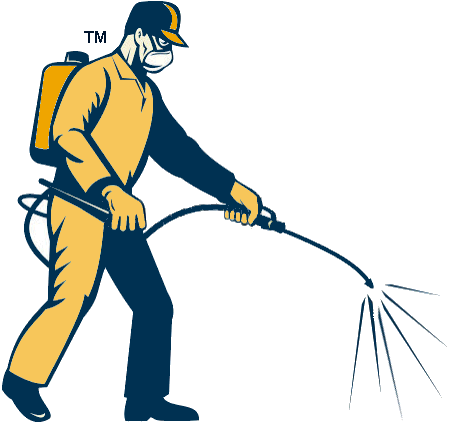|
According to the 2015 Bugs Without
Borders survey, bed bugs remain the most difficult pest to treat -
more difficult than cockroaches, termites and ants!
Depending on the scope of an infestation and the type of
treatment used by a pest professional, it can take several
treatments to completely eliminate bed bugs.
Fortunately, there are many things that one can do to prevent
bringing bed bugs into the home. Vigilance is the key to bed bug
prevention. When out in public - whether at a hotel, store, movie
theatre or work place - it is important to be conscientious of all
surroundings.
Regular bed bug inspections are the best method of prevention
to avoid bed bug infestations.
It is important for the people responsible for cleaning to
adopt more rigorous cleaning techniques to avoid, remove, and
prevent bedbugs.
Here are some to keep in mind regarding how to
avoid and prevent bed bugs.
Prevention Tips:
- :
o Vacuum suitcases after returning from a vacation.
o Check your sheets for tell-tale blood spots.
o Consider bringing a large plastic rubbish bag to keep your suitcase in during hotel stays.
- o Carry a small flashlight to assist you with quick visual inspections.
- o Never bring second-hand furniture, especially mattresses and box springs, into a home without thoroughly examining for signs of a bed bug infestation.
o You might consider having a pest control professional inspect the furniture as it is difficult to detect an infestation without training.
o Remember to treat vehicles, especially car boots with insecticide spray.
o Regularly inspect areas where pets sleep for signs of bed bugs.
Bed bugs can also bite dogs/cats, so have them and their bedding checked as a precaution.
o Bites from various sources are often attributed to bed bugs as the bites only itch in the morning after a nights sleep. There can be many reasons for this the main one being that alcohol the previous night acts as an apathetic so the bites are only noticed the following morning so it is wrongly assumed that bedbugs are the reason.
o Rented properties with regular changes of occupants are a constant problem, which requires a higher level of diligence on the part of the cleaners.
o It is easy for renters to complain about their accommodation (being bitten and especially bed bugs) but if they are concerned, and before complaining to the landlord, the first place they should contact is the local doctor for an examination of the bites.
o Regular hoovering and spraying is the best way to deal with these bugs, and do not store the hoover inside the house.
o Keep a diary of movements, so that common factors such as dog grooming, cleaners movements, kids schooling (yes children can bring bed bugs into the house) can be cross referenced with occurrences of bites.
o Mattress encasement covers, (where the mattress is zipped into and enclosed in the cover) can provide temporary protection solution until another pesticide treatment can be applied.
o If biting still persists after 7 days of first treatment, in the same bedroom
on the same bed, then remove any clutter under the bed and quarantine in a spare
room. Repeat the insecticide spray treatment in the bedroom and re-spray the
area of the bed any time you are bitten. Repeat this
approach with any cuddly toys, furry object and rugs etc.
o If after one month you still have problems, then re-infestation is the most
likely cause. In this event another call out (chargeable) should be considered.
|

